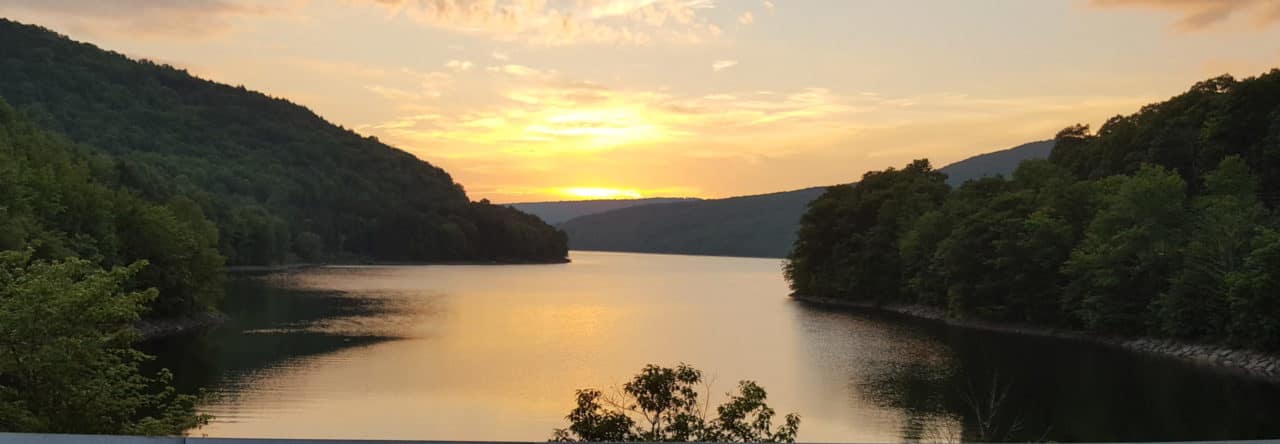As someone that studies Earth science, I am looking up almost as much as I am looking down. Here is my attempt to explain some of the things that I have seen and photographed. Which of these phenomena have you seen?
Astronomy

Lunar Features: I’m still new to astrophotography but here is my attempt at photographing the full moon. You could make out the rays spreading out from the Tycho crater at the bottom as well as the highlands (lighter areas) and maria (dark basalt plains)

Rising Moon: This is a picture of the Moon rising over Mt. Utsayantha. You could see the towers just to the right of the Moon.

Comet Neowise: Comets are ice objects that originate in the outer solar system and have orbits that are very elliptical (oval) in shape. This comet takes about 6800 years to orbit the Sun so we won’t be seeing it again. It was in the sky above my neighbors house so it was difficult to get a good picture. I also need to take a class on working with images!

Milky Way Galaxy: Our galaxy contains hundreds of billions of stars. On a clear, dark night you might be able to see a bright band cross the sky. You are seeing denser parts of our galaxy. When I pointed this out to my neighbors they were in amazement!

Lunar Halo: This ring around the Moon is caused by the reflection and refraction of light from ice crystals high up in the atmosphere. The light is bent about 22° so the radius of the halo is 22° .

Partial Annular Solar Eclipse: This was taken with my phone through my eclipse glasses. The Moon passed between the Earth and the Sun but it was in a point of its orbit that took it further from the Earth so its apparent diameter is smaller than the Sun’s.

Partial Solar Eclipse: Had I driven down south I could have seen this total solar eclipse. In New York it was only partially blocked but I did experiment with different ways of viewing it. This image was when I looked at the light going through the holes of a colander. Each hole acted as a separate pinhole projector.
Weather

Rainbow: We all know that rainbows are formed due to the refraction of light. This refraction also causes the sky to appear lighter beneath the rainbow.

Double Rainbow: Although it isn’t too visible here, refraction also causes the sky to appear darker between the primary and secondary rainbow.

Purple Sky: After a strong evening thunderstorm the sky appeared purple This occurs when the air is full of moisture and the Sun is low in the sky. Simply put, red light is scattered more than normal and it combines with the blue light being scattered to form the purple skies.

Precipitation Shaft: A precipitation shaft is a visible column of rain or hail falling from the base of the cloud. It looks quite ominous and fortunately I missed the worst of the storm. Don’t worry, I stopped on a pull-off to take this picture.

Valley Fog: Valley fog forms where cold dense air settles into the lower parts of a valley. This is evidence that there is most likely a temperature inversion (temperature gets warmer with height). Cool air from the Salish Sea probably played a role in the fog formation as well.

Snow Squall: These are intense but short lived bands of snow that are often accompanied by strong winds. You can see the thin band of thicker clouds associated with this squall. These squalls are brought on by strong arctic cold fronts and it is generally not a good idea to go for a hike when one is approaching your area. That warning came to us about 2 minutes before the white-out conditions began. Spoiler: we survived.

